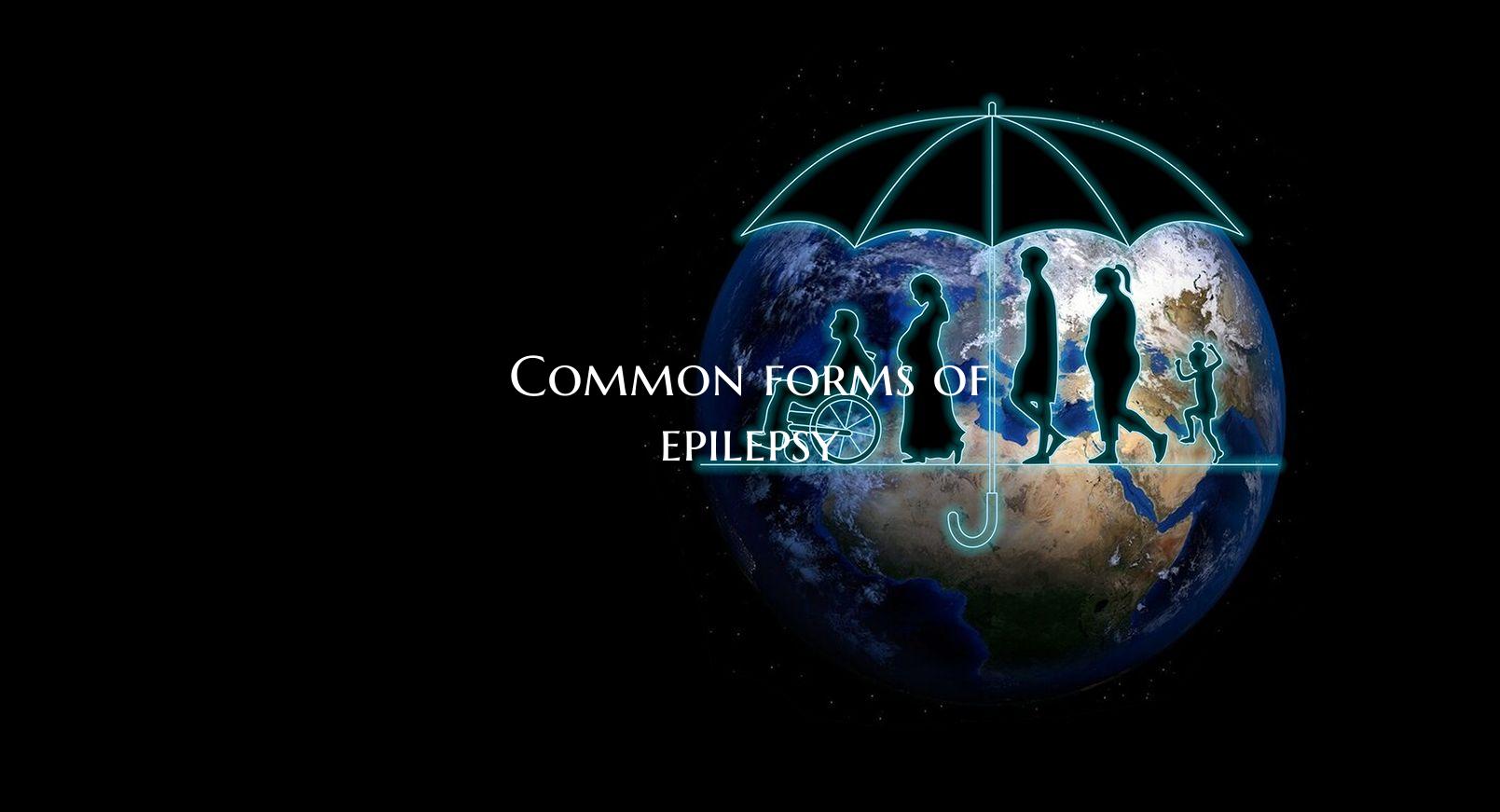
Common forms of epilepsy
Epilepsy is a neurological disorder that affects the brain's electrical activity, leading to recurrent seizures. There are various forms of epilepsy, each characterized by different symptoms and triggers. Understanding these common forms of epilepsy can help individuals recognize symptoms, seek appropriate treatment, and manage their condition effectively.
1. Temporal Lobe Epilepsy: This form of epilepsy originates in the temporal lobe of the brain. Seizures often involve unusual sensations, emotions, or repetitive movements like lip-smacking. Memory difficulties and déjà vu experiences are also common with temporal lobe epilepsy.
2. Frontal Lobe Epilepsy: Seizures in this form of epilepsy originate in the frontal lobe, resulting in sudden, unprovoked movements or behaviors. These seizures can be mistaken for psychiatric conditions due to their complex nature.
3. Absence Seizures: Commonly seen in children, absence seizures involve brief lapses in consciousness where the individual appears to be staring blankly. These seizures can occur multiple times a day and may impact a child's learning and cognitive development.
4. Generalized Tonic-Clonic Seizures: Formerly known as grand mal seizures, these are the most recognizable form of epilepsy. They involve loss of consciousness, convulsions, and stiffening of the body. Following the seizure, the individual may experience confusion, fatigue, or headache.
5. Juvenile Myoclonic Epilepsy: Typically appearing in adolescence, this form of epilepsy is characterized by sudden, brief muscle jerks or twitches, particularly upon awakening. Stress, sleep deprivation, or flashing lights can trigger these seizures.
6. Photosensitive Epilepsy: Some individuals may have seizures triggered by flashing lights, such as strobe lights or video games. These seizures are known as photosensitive epilepsy and can be managed by avoiding known triggers.
7. Benign Rolandic Epilepsy: Occurring in children between the ages of 3 and 13, this form of epilepsy manifests as seizures that affect the face or mouth during sleep. It usually resolves on its own as children age.
8. Post-Traumatic Epilepsy: Seizures that occur as a result of a head injury or trauma are classified as post-traumatic epilepsy. These seizures may develop months or even years after the initial injury.
It is essential for individuals with epilepsy to work closely with healthcare providers to determine the specific form of epilepsy they have and develop a tailored treatment plan. Medications, lifestyle modifications, and in some cases, surgery may be recommended to manage seizures effectively and improve quality of life. Understanding the common forms of epilepsy is a crucial step towards navigating this neurological condition with knowledge and resilience.